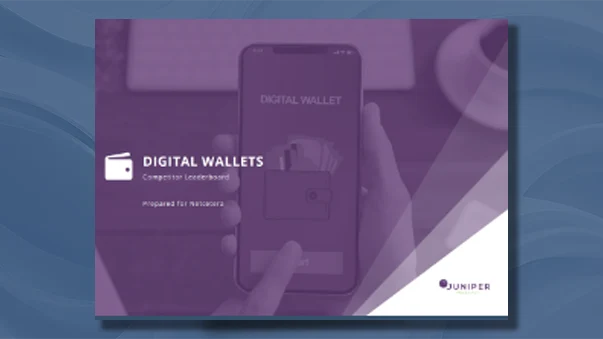The first solutions for mobile payment have already been available 20 years ago. However, these were only a few isolated solutions for specific applications, such as electronic tickets or parking tickets. After several intermediate steps, the development of Host Card Emulation (HCE, central service for the provision of digitalized cards) was completed in 2015, finally making mobile payment independent of the telecommunications provider and the smartphone brand. This was the decisive breakthrough.
Trend towards mobile payment is developing rapidly
The Corona crisis has triggered a strong push for digital payments. Contactless cards as well as mobile payment solutions benefit from this. Even before Corona, the number of Apple Pay users worldwide increased by more than 50 percent from September 2018 to September 2019 to a total of 441 million. Reason enough for every issuer to take a close look at their own mobile payment strategy.
An important factor here is the fundamental consideration of whether to offer your customers Apple Pay and Google Pay (OEM-Pays) or an own app based on HCE. While the OEM pays offer a good user experience for registration and payment processes, the card and transaction control options for customers are limited. In addition, Google uses customer data for advertising purposes. At Apple it is not yet clear whether and to what extent the company intends to position itself as a competitor to banks.
But if you want to offer mobile payment to customers with an iPhone, there is no way around Apple Pay. Apple charges issuers fees for this service. According to a recent source, these fees are to amount to 0.12 percent of sales for POS transactions and 0.17 percent for e-commerce transactions in Switzerland. In addition, each token will cost 1.10 Swiss francs per year. In the case of a large issuer, this can amount to up to two million Swiss francs per year. It is proven, however, that iPhone owners pay an above-average amount of mobile payments, so that Apple Pay can still be interesting for an issuer despite the costs, especially since normal card sales typically increase when mobile payments are used.
Bank's own mobile payment solution with many advantages
A dedicated mobile payment solution for Android smartphones offers banks a whole range of advantages: As issuers, they can determine the design themselves and control all functionalities offered to customers. In addition, they retain control of the customer interface and can, for example, up-sell. A custom solution can also be integrated into an existing mobile banking app or card management app. And finally, all sensitive data remains with the bank, which enjoys the trust of its customers.
The technical basis for all modern types of mobile payment is tokenization. This involves replacing the original card number with another number (token). This token is then stored in the wallet on the smartphone. If a bank wants to offer its own mobile payment, it needs an Issuer Token Requestor ID (TRID) and an Issuer Wallet ID (WID). This is used for identification with the token services of the large card organizations that provide the digital cards. There are two ways to request a token. With the "Yellow Path", the customer is authenticated e.g. by an OTP (One Time Password) via SMS. With the "Green Path", the token request is made automatically by the issuer app.
The required technology is available
With the ToPay Digital Payment Service Hub, Netcetera has developed a solution that enables banks to implement their mobile payment strategy based on all types of debit and credit cards – with Apple Pay and Google Pay as well as with a bank's own offer. Issuers are involved in integration projects with the relevant card organizations and provide Netcetera with the necessary payment parameters. ToPay supports various Cardholder Verification Methods (CVM) and can be configured flexibly, for example to process small payments without CVM. Netcetera goes beyond the requirements of the card organizations in terms of security without limiting user-friendliness.
Kurt Schmid: "Mobile Payment is the next generation of contactless payment. The ability to use biometric methods to ensure security on one's own device makes smartphones more user-friendly than contactless cards – not to mention the better hygiene. Most customers today take it for granted that their bank offers them mobile payment".
Learn more about how card issuers can offer their customers mobile payment in the webinar "How to bring mobile payments to the POS: Issuer Pays and OEM Pays explained for issuers" by Kurt Schmid, Marketing & Innovation Director Secure Digital Payments at Netcetera, and Andreas Halbmayr, Senior Product Manager Secure Digital Payment at Netcetera.
